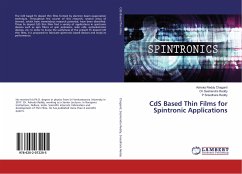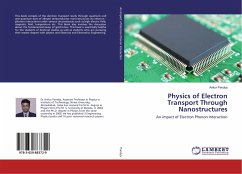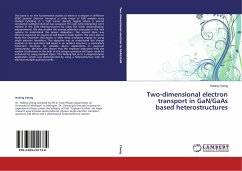In the field of spintronics there is a strong need for an efficient spin-polarizing device. To that end, two basic devices are proposed: a series of Aharonov-Bohm (AB) rings linked in series with intermediate quantum dots (IQD) and the quantum dot spin polarizer (QDSP). In each case the system is built of quantum dots (QD), each of which can be Zeeman split with a tunable external magnetic field. Spin neutral input and output leads are also attached to each system. The Tight Binding Approximation (TBA) is used to model each system. Mathematica is used to solve the systems generated by TBA, so that the transmission or reflection of a system can be evaluated. We find that a series of AB rings provides for wide, energetically separated, spin polarized conduction bands. The QDSP provides physical separation of spin polarized electrons, making a spin polarized base current possible.








